Pyrotechnics initiators are used in several space operations. These operations include rocket ignition, safety and recovery, launcher stages and fairing separations, launcher-payload separations, releases of solar arrays, antennas, booms, covers, inflation of systems for shielding, protection and landing, propulsion system valve operations, mechanism off-load releases.
These initiators include a pyrotechnics powder composition to generate a flame and a propellant powder which is ignited by the first powder to give the desired pressure pulse needed to nominally activate the function of the pyrotechnic hardware. One of the oxidisers (Ammonium Dichromate) present in the initiating powder (MIRA) of the only EU space qualified pyrotechnics initiator (made by Dassault France) is on the REACH Annex XIV list with a Sunset date of September 2017 and therefore needs to be replaced.
The double base propellant powder (PBC667) decomposes at high temperature exposure or long storage. For that reason, some amount of stabiliser is added, in this case Diphenylamine (DPA).The Dibutyl Phthalate (DBP) is a combustion velocity moderator and might be present in traces in the PBC667 due to the manufacturing process. The DBP is on the REACH Annex XIV list.
Based on the fact that alternatives do not exist and that traces of DBP are supposed to be <0.1%, Dassault recently received (in April 2016 through ROXEL, powder manufacturer) an authorization to use the PBC667 until 2027. Regarding the REACH issue with the MIRA powder, an ESA launcher activity (ARTA program), coupled with the ESA TRP Clean Space activity (REACH treatment of pyrotechnics initiators), have led to the identification of an alternative initiating powder (ZPP) that is REACH compliant and to evaluate the necessary quantity of ZPP to ignite the propellant powder in a similar manner than with the original initiator composition.
Concerning the issue with PBC667, an additional point to consider is that the French Space Act on reduction of space debris and the ESA Clean Space program require passivation at satellite end of life. The passivation of the propulsion sub-system is usually done through pyrotechnics valves (made by ArianeGroup Gmbh). These valves use the Dassault pyrotechnics squibs (in fact two squibs for redundancy). To perform the passivation of the propulsion sub-system at satellite end of life, the valves will have to be actuated after about 20 years in space. The PBC667, even if authorized until 2027, despite the stabilisers, will decompose and, depending of the thermal mission profile, may lose the required ballistic performance after eight years in orbit(ref.[2]). For this reason, in a proactive manner with respect to the REACH issue (in fact, after 2027, the PBC667 might be forbidden as well because of the Dibutyl Phthalate), it was decided to concentrate the development on a complete change of the propellant powder instead of considering moving to other types of stabilisers. Thanks to some preliminary works done by CNES (ref.[3]), the RDX powder was identified as a good replacement of PBC667. ArianeGroup Gmbh kindly provided a pyrotechnics valve simulator which gives the internal geometry of the valve.

Figure 1: ArianeGroup Gmbh pyrotechnics valve simulator
The quantity of RDX needed to generate a similar pressure to the PBC667 was first determined by analysis. Then, several tests were done with one initiator mounted on the primary chamber and a pressure transducer on the secondary chamber to finetune the quantity of RDX in order to find the best compression rate. A final analysis was done to determine, from the measurement in the secondary chamber, the pressure inside the main combustion chamber where the membrane (which actuates the piston) is located. This pressure needs to be similar for RDX and for PBC667 as the same motorisation margins have to be maintained.

Figure 2: Pressure measured in the secondary chamber for MIRA/PBC667 initiator and ZPP/RDX initiator with several RDX compression rates
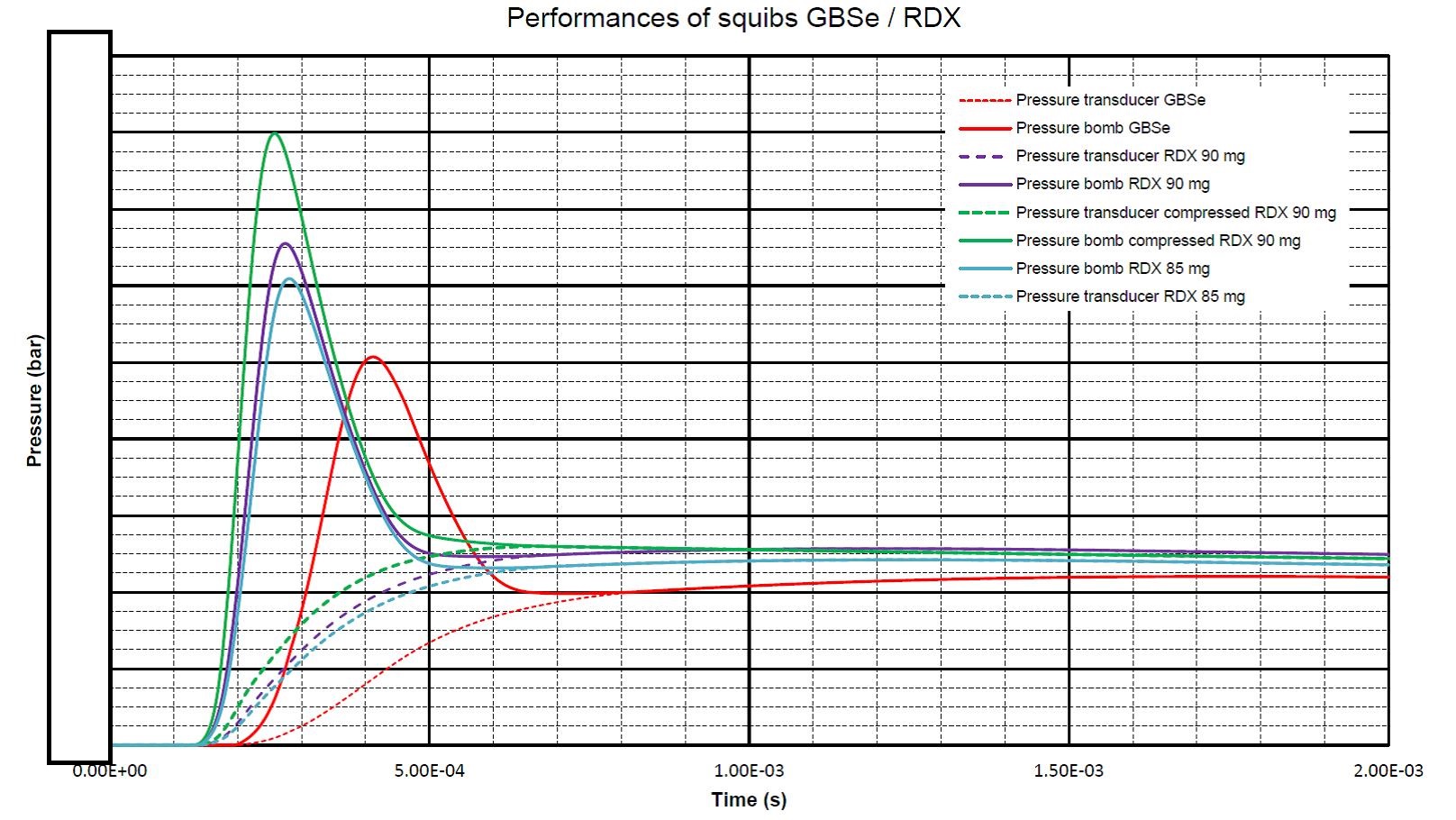
Figure 3: Analysis results in secondary chamber and main combustion chamber (bomb) for MIRA/PBC667 initiator and ZPP/RDX initiator for several RDX quantities
This exercise, involving both analysis and testing, concluded in defining/optimising the correct RDX quantity. The initiator definition with ZPP and RDX was shared and agreed also with CNES.
The mission profile considered in this ESA TRP Clean Space activity is the following:
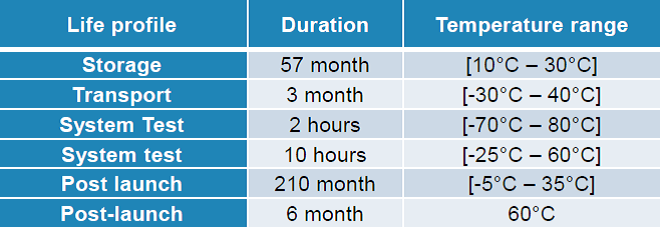
Table 1: Mission profile considered
This mission profile includes the needs of passivation of typical telecommunication satellites and Earth Observation satellites. Particularly, the 6 months at 60 ° C are relative to the end of life when the temperature starts rising up as the thermal control sub-system degrades.
In addition, during a long period in space, strong radiation doses are supposed to accumulate on the initiators. A total dose of 2.1 MRads is considered in this activity.
The life test to simulate the whole mission profile was determined to be 2685 hours (112 days !!) at +80 deg C. An Arrhenius based model (gives the effect of temperature on the activation energy of a chemical reaction, in this case the decomposition of the propellant powder) was used to evaluate the life test.
Firing tests with the pyrotechnics valve simulator were done after having submitted the initiators to the whole more severe mission profile (3500 hours at +80 ° C) and to radiation (2.1 MRads, which correspond in fact to 600 kRads on the powders due to the attenuation from the metallic shielding provided by the initiator’s casing and pyro-valve housing). These more severe tests (3500h at +80°C instead of 2685h) represent a good risk reduction on the life time requirement compliance.
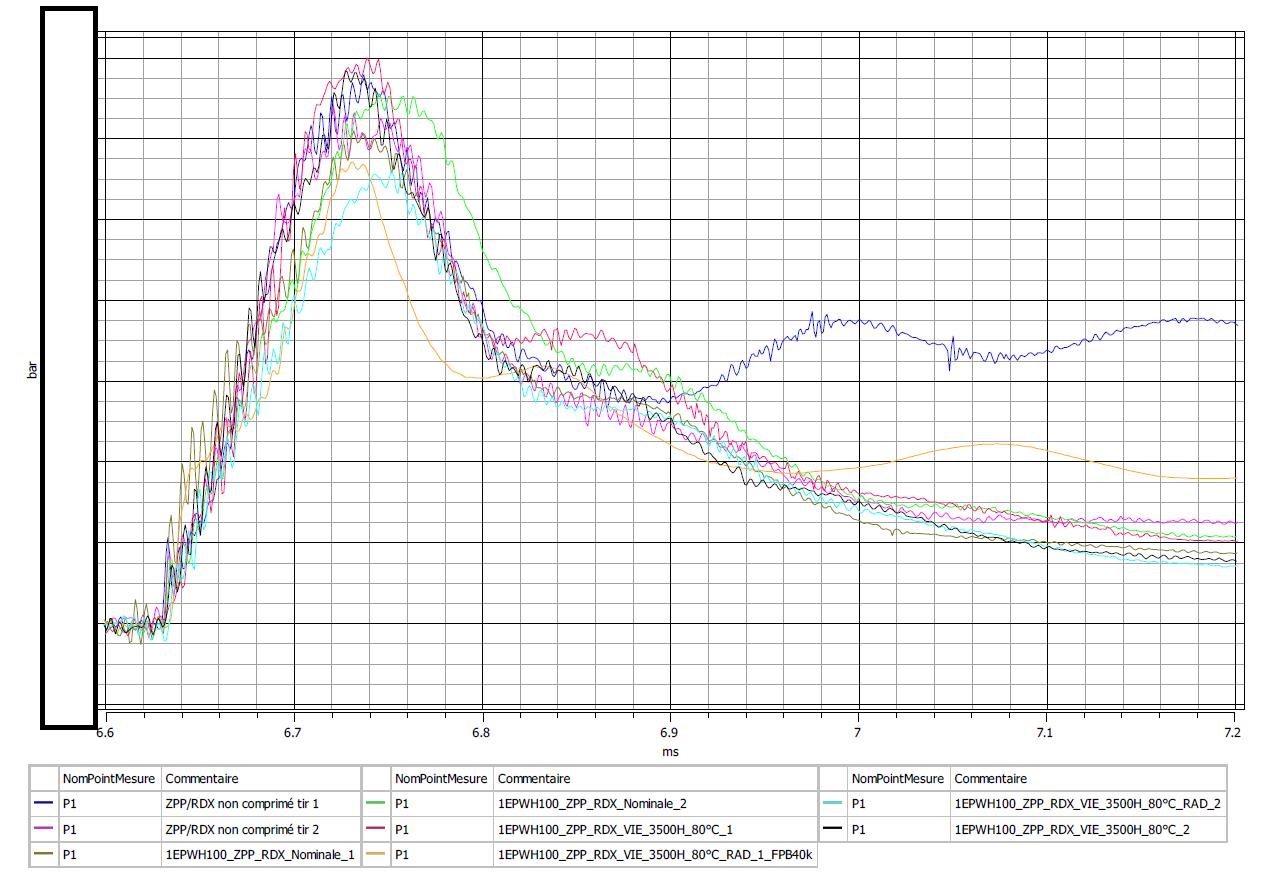
Figure 4: Effect of the mission profile and accumulated radiation dose on the initiator performance
The degradation of the initiator is on the order of a 10% decrease in the maximum pressure and 10% decrease in the pressure slope. This keeps within the typical variation coefficient for a pyrotechnics device. In fact, after exposing the initiator to the whole mission profile and radiation dose, the pressure is back to the pressure obtained with the PBC667 for a new initiator. This validates the initiator design with the correct quantities of ZPP and RDX.
A full qualification campaign (mechanical/ thermal environment) is foreseen to start at the beginning of 2018, ending in March 2018. Also at the start of 2018, a new ZPP/RDX squib will be sent to ArianeGroup Gmbh to be tested on a real pyrotechnics valve to confirm the performance.
Even if this present development is done through the Clean Space programme, several ESA scientific missions, like JUICE (JUpiter ICy moons Explorer), will need to actuate pyrotechnics devices after a long period spent in outer space. This development is therefore of interest also for specific missions.
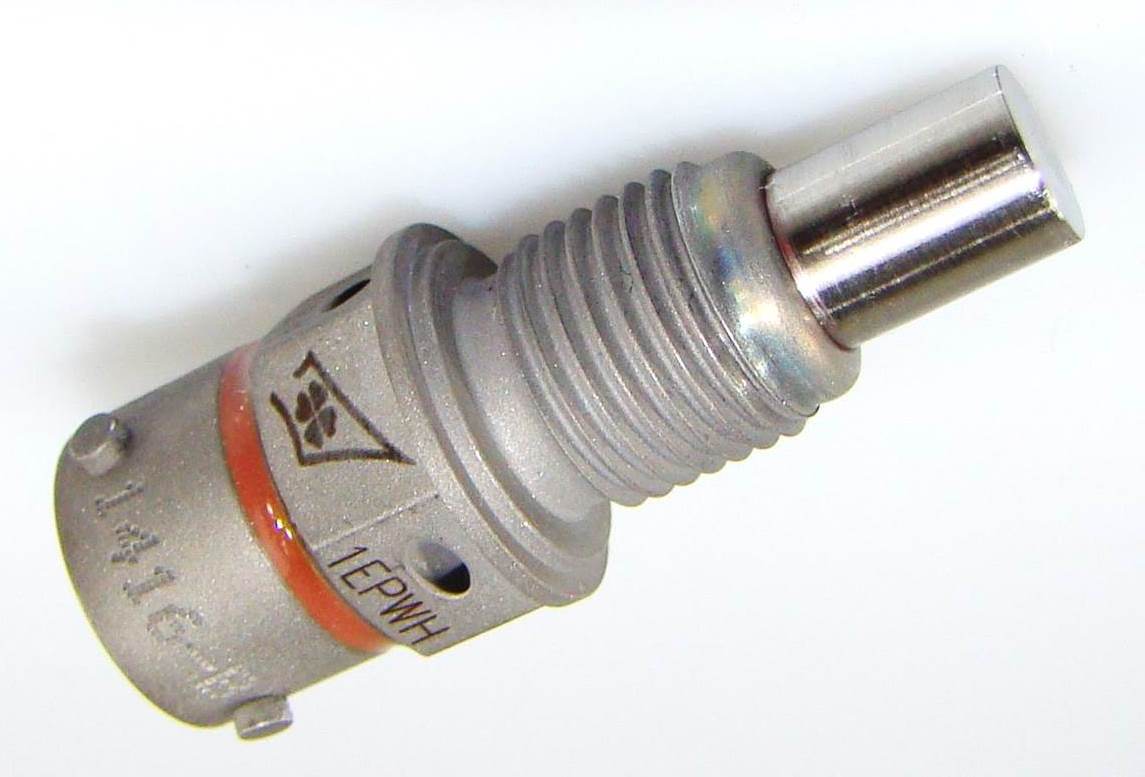
Figure 5: Dassault ESI (European Space Initiator)
References:
[1]: Fraunhofer June 2017 ICT proceedings
[2]: Lifetime prediction of propellants according to NATO standards, M.Chovancova, Military and testing Institute, 2006
[3]: Overview of pyrotechnic activities at CNES Toulouse Space Center, D.Dilhan, 2013
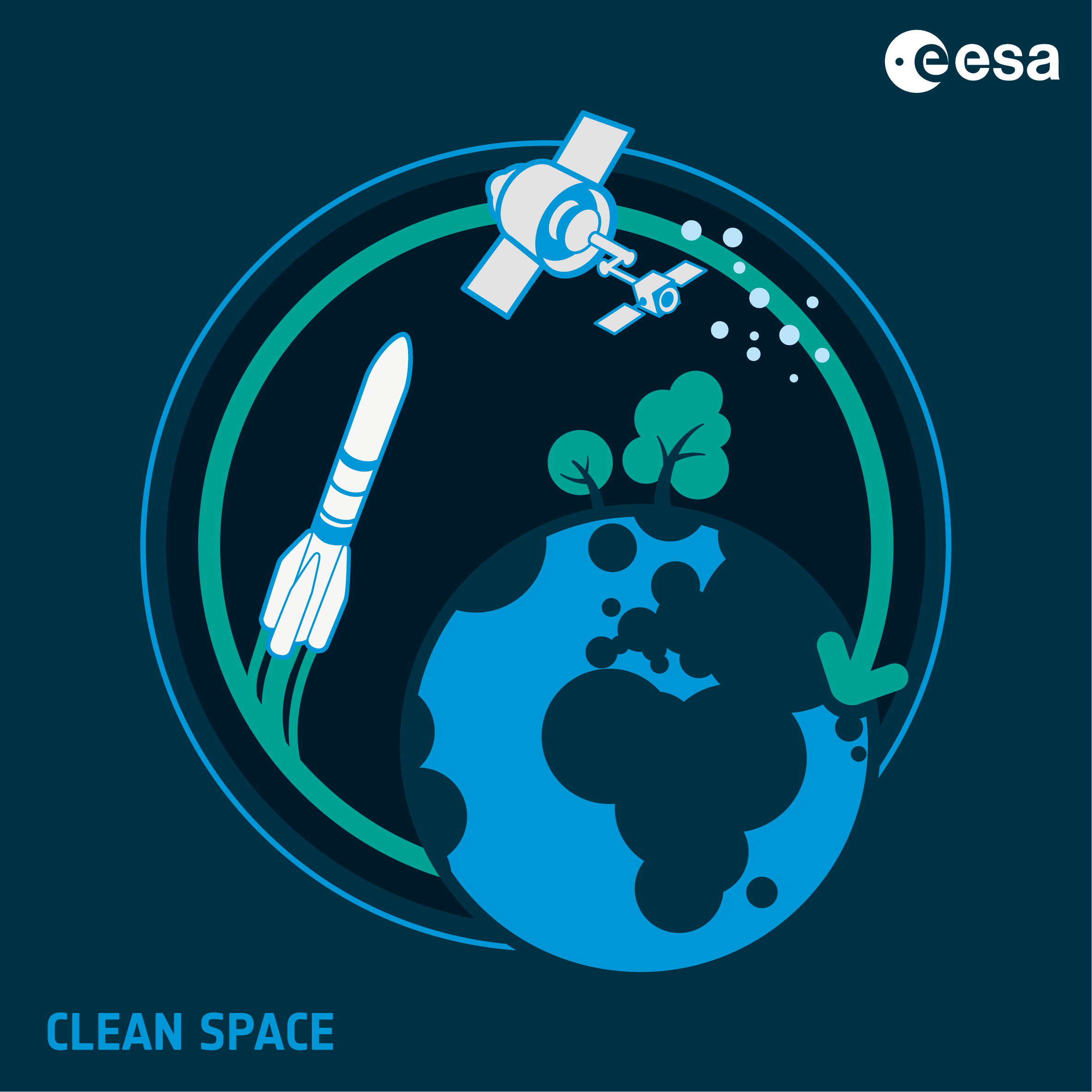

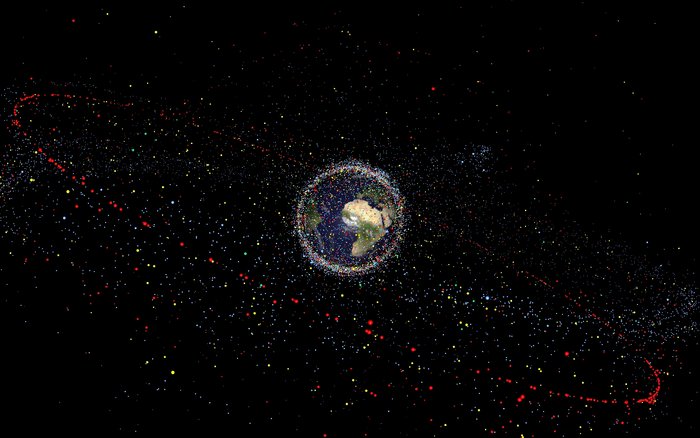
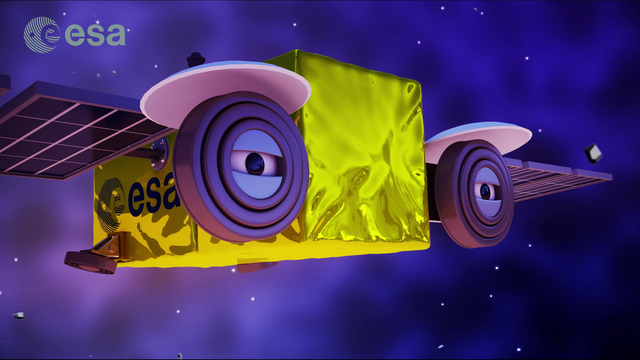
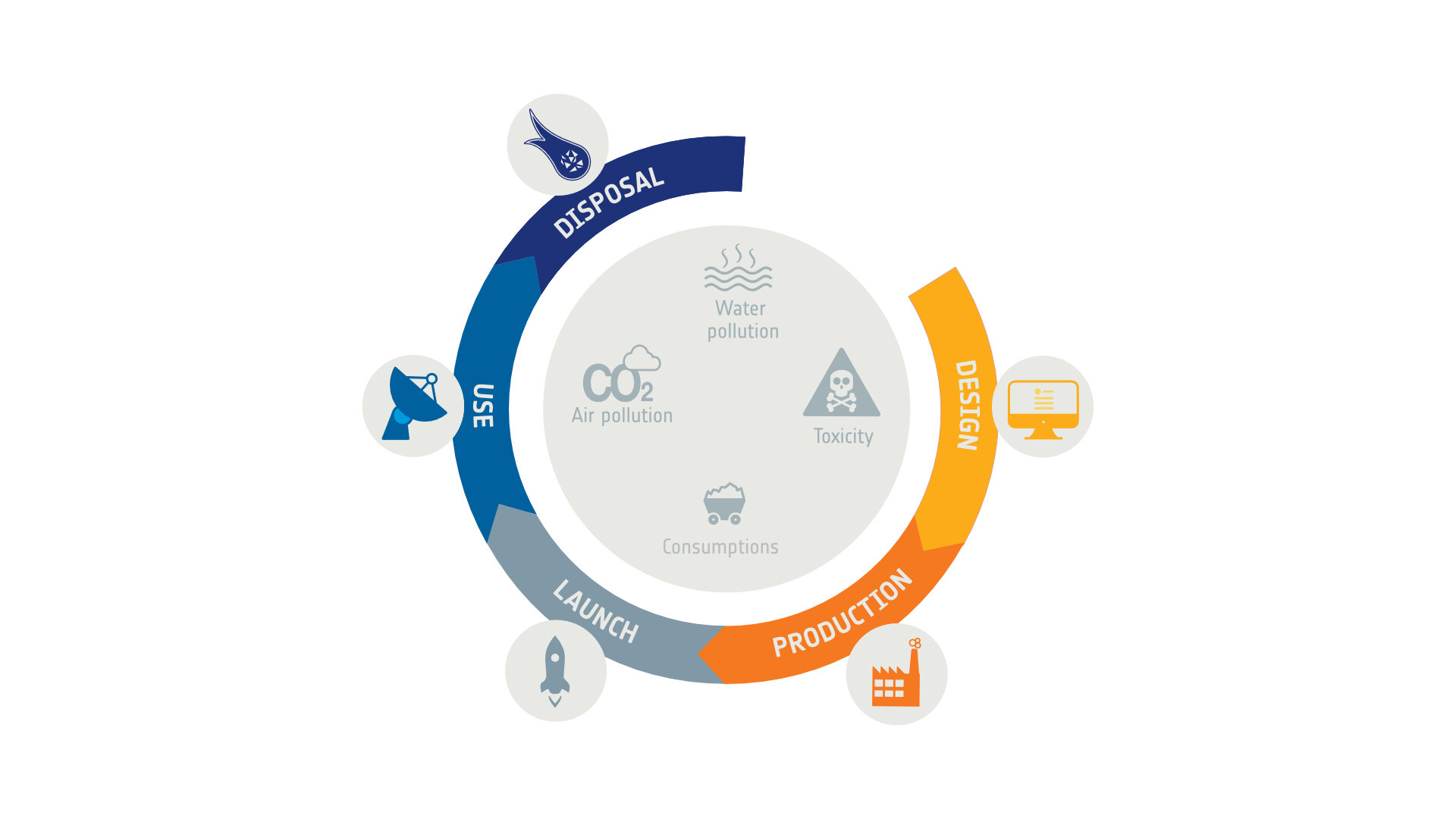
Discussion: 2 comments
Very interesting work for EU!
There is an alternative – the 103377-501 produced by PacSci EMC is a ZPP alternative that has been in production and is in use.